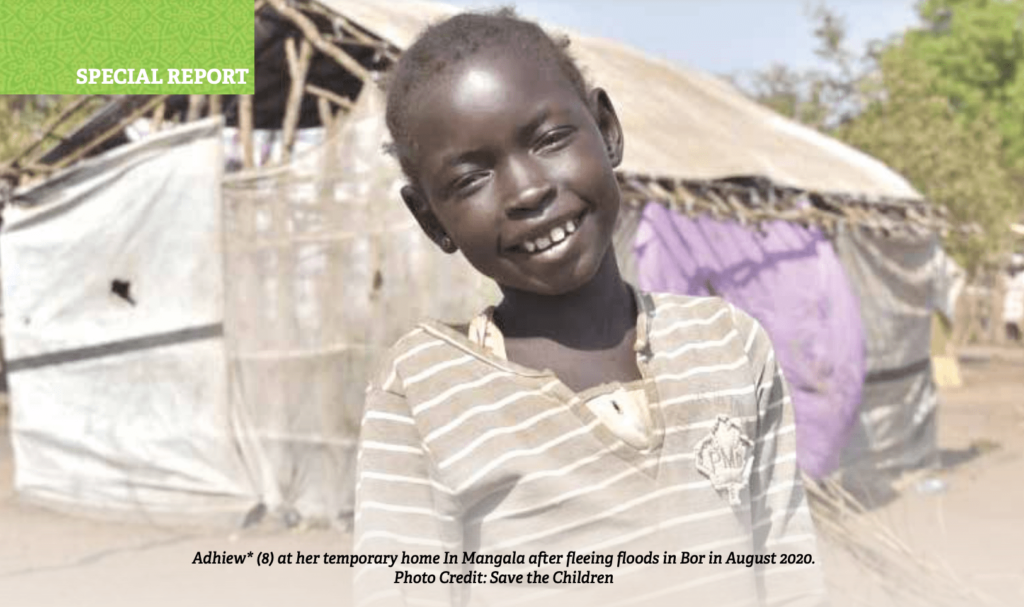Deng is one of the hundreds displaced in South Sudan’s worst flooding on record in 2021, which displaced over 200,000 households and affected nearly a million people, according to the UN office for Humanitarian Affairs.
Mangala camp residents largely depend on relief supplies delivered by humanitarian trucks. Despite the humanitarian support, Deng says his wish is to return to his hometown because they’ve become beggars in the camp. “What we are given is not enough to sustain us, and in most cases, we have to rely on help from relatives in Juba,” he says.
The World Food Programme (WFP) reduced humanitarian aid to some parts of South Sudan last April due to a lack of funding resulting from the Covid-19 pandemic and the Russian invasion of Ukraine.
“It is a difficult decision to take from the hungry to give to the starving, but this is the reality;

